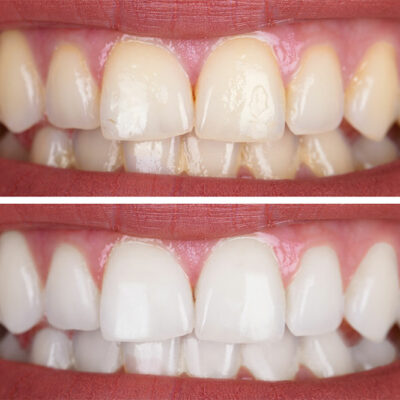
Health
5 Natural Remedies That Work for Dry Eyes
Dry eyes can be painful and uncomfortable, and the condition occurs when the eyes do not produce sufficient tears or the tears produced are of poor quality or evaporate quickly. Hence, the eyes are not properly lubricated and could become dry. This could eventually result in irritation and inflammation and even impact vision. A few natural remedies that you can try to soothe dry eyes are: 1. Include more omega-3 fatty acids in your diet Increase or include foods such as fish and flax seeds in the diet. These foods are rich in omega-3 fatty acids that boost the quality and quantity of tears. This nutrient can also help to soothe inflammation. Oily fish such as salmon and tuna, oils including soybean and palm, and nuts and seeds like flaxseed, chia seeds, and walnuts are good sources of omega-3 fatty acids. You can also get omega-3 fatty acids in the form of supplements. However, do check with your doctor before using any supplements. 2. Boost your vitamin intake A deficiency of certain vitamins in the body, such as vitamin A, D, and B12, could also make you more susceptible to developing conditions such as dry eyes. These vitamins are vital for ocular health and are found in many fruits, vegetables, dairy items, and meat.
Read More 















